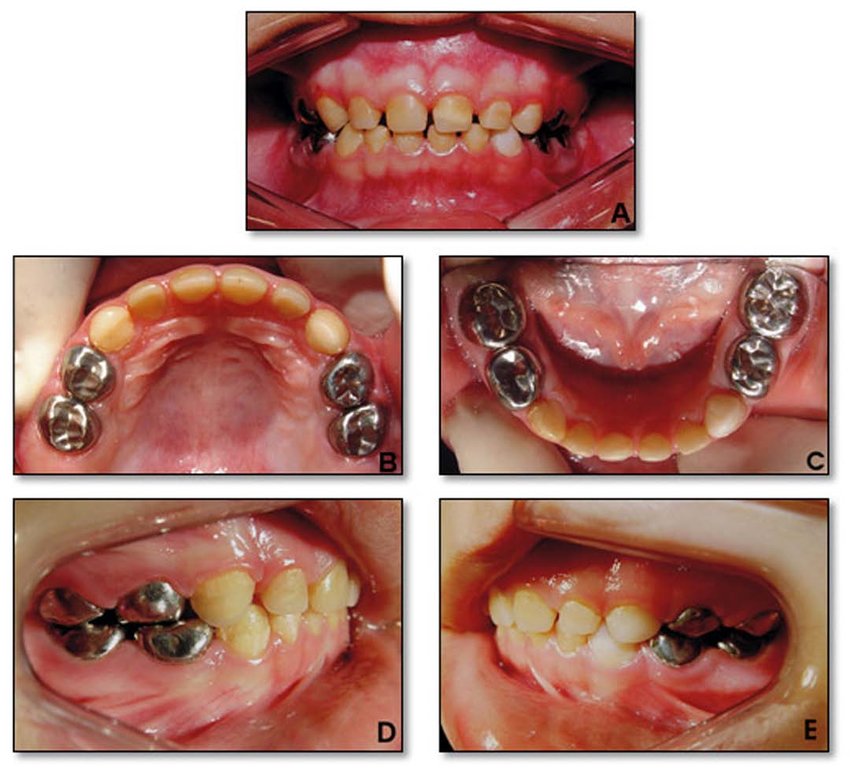How to Soothe a Teething Baby: Tips and Tricks

Teething is a significant milestone in a baby’s development, but it can also be a challenging time for both babies and parents. As the first set of teeth begins to emerge, babies often experience discomfort, irritability, and changes in their behavior. Understanding how to soothe a teething baby can help ease their discomfort and make this transition smoother. In this comprehensive guide, we’ll explore effective strategies and tips for comforting a teething baby, ensuring their comfort and well-being during this period.
Understanding Teething
Teething generally starts between 4 to 7 months of age, although it can vary. During this time, the baby’s teeth push through the gums, causing pain and discomfort. The teething process can lead to symptoms such as:
- Drooling: Increased saliva production is common.
- Chewing: Babies may chew on objects to relieve gum pressure.
- Irritability: Discomfort can make babies fussy or cranky.
- Swollen Gums: Gums may appear red and swollen.
- Changes in Appetite: Babies may refuse to eat or drink due to sore gums.
Recognizing these symptoms is the first step in providing relief.
1. Use Cold Therapy
Cold therapy is a time-tested method to soothe sore gums. The cold helps numb the area and reduce inflammation. Here are some effective ways to use cold therapy:
Cold Teething Rings
- How to Use: Place a teething ring in the refrigerator (not the freezer) to chill it. Ensure the teething ring is clean and made of safe materials, such as silicone or rubber.
- Benefits: The coolness can help numb the gums and alleviate pain.
Chilled Washcloths
- How to Use: Soak a clean washcloth in water, wring it out, and place it in the refrigerator. Once chilled, allow your baby to chew on it.
- Benefits: The texture and cold temperature provide soothing relief for sore gums.
Cold Foods
- How to Use: For older babies who are eating solids, offer chilled foods like applesauce or yogurt.
- Benefits: Cold foods not only soothe the gums but also provide nutrition.
2. Massage the Gums
Gum massage can be a highly effective way to relieve teething pain. Gently massaging your baby’s gums can provide immediate comfort and stimulate blood flow, which may ease discomfort.
How to Massage
- Method: Wash your hands thoroughly. Use a clean finger or a soft, damp cloth to gently rub the baby’s gums in a circular motion.
- Benefits: This technique can help relieve pressure and soothe sore areas.
3. Use Teething Toys
Teething toys are specifically designed to help babies during this challenging period. They come in various shapes, sizes, and materials, catering to different preferences and needs.
Types of Teething Toys
- Rubber Teethers: Durable and easy to clean, these toys often have textured surfaces to massage the gums.
- Silicone Teethers: Soft and flexible, silicone toys are gentle on sensitive gums.
- Frozen Teethers: Some teething toys can be frozen for extra cooling relief.
How to Use Teething Toys
- Safety: Ensure the toys are BPA-free and made from non-toxic materials. Always supervise your baby while they use teething toys.
- Cleaning: Regularly clean teething toys with warm, soapy water to maintain hygiene.
4. Offer Cold Foods and Drinks
Cold foods and drinks can offer soothing relief from teething pain. When introducing cold items, be mindful of your baby’s age and developmental stage.
Recommended Cold Foods
- Applesauce: Chill applesauce for a cooling, nutritious option.
- Frozen Fruit Purees: Puree fruits like bananas or peaches and freeze them in small amounts.
Cold Drinks
- Chilled Water: Offer small sips of chilled water if your baby is old enough.
- Avoid Sugary Drinks: Opt for water or milk instead of sugary beverages.
5. Maintain a Consistent Routine
Maintaining a consistent routine can help provide comfort and stability for your teething baby. Routine can help mitigate some of the stress and discomfort associated with teething.
Routine Tips
- Sleep Schedule: Keep a regular sleep routine to help your baby feel secure and rested.
- Feeding Schedule: Stick to a consistent feeding schedule, offering soft or cool foods if needed.
- Comforting Activities: Engage in calming activities, such as reading or gentle rocking, to soothe your baby.
6. Provide Extra Comfort and Cuddles
Extra comfort and affection can go a long way in helping your baby feel secure during teething. Physical closeness and soothing activities can provide emotional relief.
Comforting Techniques
- Holding and Rocking: Gently hold and rock your baby to provide reassurance and comfort.
- Cuddling: Spend extra time cuddling with your baby, offering warmth and closeness.
7. Consider Over-the-Counter Remedies
In some cases, over-the-counter remedies may be appropriate for managing teething discomfort. Always consult your pediatrician before using any medication or remedy.
Safe Options
- Infant Pain Relievers: Medications such as acetaminophen or ibuprofen can help alleviate pain. Follow dosing instructions carefully and consult your pediatrician.
- Teething Gels: Avoid teething gels containing benzocaine, as they are not recommended for infants.
8. Monitor for Signs of Severe Discomfort
While teething can cause discomfort, severe symptoms may indicate other issues. Keep an eye out for signs that require medical attention.
When to Seek Help
- High Fever: If your baby has a fever over 100.4°F (38°C), consult your pediatrician.
- Severe Diarrhea or Vomiting: Persistent gastrointestinal symptoms should be evaluated.
- Unusual Symptoms: Any symptoms that seem out of the ordinary should be discussed with your healthcare provider.
9. Encourage Healthy Oral Hygiene
Good oral hygiene practices are essential, even during teething. Early dental care can help set the stage for a lifetime of healthy teeth.
Oral Hygiene Tips
- Clean Gums: Use a clean, damp cloth to wipe your baby’s gums after feedings.
- Brush Teeth: As soon as the first tooth appears, use a soft baby toothbrush and a small amount of fluoride toothpaste.
- Regular Dental Visits: Schedule your baby’s first dental visit within six months of the first tooth appearing or by their first birthday.
10. Explore Home Remedies
Some parents find success with home remedies for soothing teething pain. While these remedies may offer temporary relief, they should be used with caution and not as a substitute for professional medical advice.
Home Remedies
- Chamomile Tea: A small amount of chamomile tea may help soothe gums. Ensure the tea is cooled and consult your pediatrician before use.
- Clove Oil: Diluted clove oil may provide numbing relief. Use sparingly and consult your healthcare provider.
Conclusion
Teething can be a challenging time for both babies and parents, but with the right strategies and support, you can help your baby navigate this milestone with greater ease. By understanding the teething process, using soothing techniques, and maintaining good oral hygiene, you can provide comfort and support for your baby as they experience the emergence of their first teeth. If you have any concerns or notice severe symptoms, don’t hesitate to consult your pediatrician for guidance and reassurance. With patience and care, you can help your baby through the teething process and set the stage for a healthy and happy smile.
Related to read:
Best Oral Hygiene Practices For Optimum Oral Health.
Bruxism: Teeth grinding causes treatment and prevention.
How to keep your gums healthy and disease-free?
References
To ensure the information provided is accurate and up-to-date, the following sources were referenced:
- American Dental Association. (n.d.). Plaque and Tartar. Retrieved from ADA website
- Mayo Clinic. (n.d.). Dental Plaque. Retrieved from Mayo Clinic website
- National Institute of Dental and Craniofacial Research. (n.d.). Periodontal (Gum) Disease. Retrieved from NIDCR website









